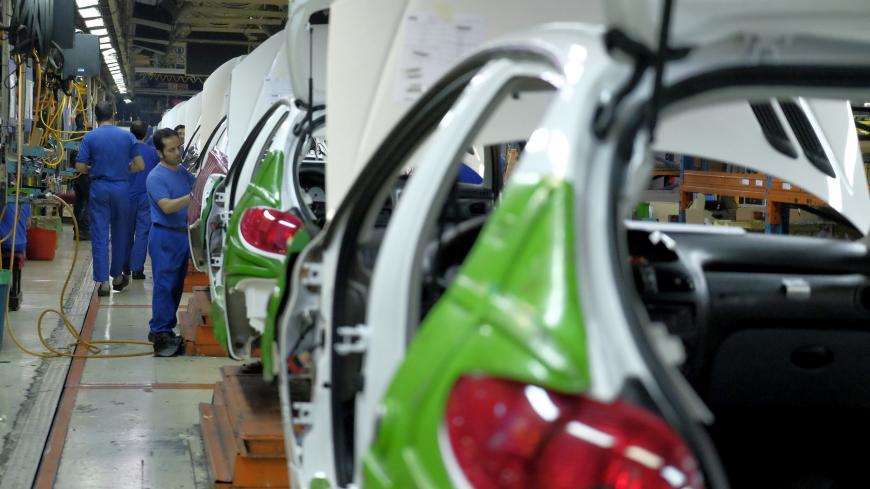Supreme Leader Ayatollah Ali Khamenei says this is the Iranian year for “boosting production.” This is a welcome slogan for an economy facing numerous challenges, particularly unemployment and pressure on its export performance due to external sanctions. There is no doubt that an expansion of domestic production capacities would have a positive impact on the Iranian economy. However, when looking at some of the realities of how the country’s economic activities are governed, it becomes clear that the planned increase in production is easier said than done.
In his annual Nowruz speech March 21 in the holy city of Mashhad, Khamenei acknowledged some of the impediments, but none of the top leaders in Iran have ever offered genuine remedies for actually removing these obstacles. In order to understand what reforms are needed to address these issues, it is necessary to review the realities the country is facing in the Iranian year that began on the day of the supreme leader's speech.



